I’ve been meaning to share some thoughts about Maija Soderholm’s latest book, The Hustler: Sword Play and the Art of Tactical Thinking, since finishing it a couple months ago. Alas the pandemic and the new manuscript have been a distraction. But here we are at last…
If Maija’s name sounds familiar, it might be because she was one of Livia’s mentors in Livia Lone.
Maija is also the author of a previous book on martial arts tactics, The Liar, The Cheat, and The Thief: Deception and the Art of Sword Play. And she's one of the real-world designers of Livia’s favorite knife—the Somico Vaari. A few of my thoughts on the Vaari in this video.
The Hustler is every bit as useful and insightful a book on tactics as its predecessor. It’s true that Maija, an expert with swords, presents her thoughts on violence in the context of her chosen art. But it’s equally true that her observations have applicability far broader than swordplay itself. In this respect, her work is in keeping with with martial arts classics like Miyamoto Musashi’s Book of Five Rings, which is of course about sword combat but is also read in corporate boardrooms, and Sun Tzu’s Art of War, which likewise is about far more than its titular topic.
Parenthetically, it occurs to me that in at least one important sense, great books on strategy can be like great stories. The best stories are about something, but really about something else. Think about your favorite television shows. Among mine is Breaking Bad. It’s about a milquetoast high school chemistry professor who’s diagnosed with terminal cancer and turns to cooking meth to make sure his family will be provided for after he dies. But it’s really about self-actualization: how far would you go to become your authentic self—even if your authentic self were a master criminal?
So don’t think of Maija’s books as being only about swords. They’re really about far more. As Maija’s teacher, Sonny Umpad, put it, “There is no art in killing. There is no art in dying. The art is in the living.”
There were two passages in the book I particularly loved—both because they rang so true for me and because they made me feel I’m getting these things right in my fiction. The first is this:
It has been my experience that putting a sword in a person’s hand will bring out their natural personality. You can see people become who they really are—scared, aggressive, joyous, dark, tentative, enthusiasts, killers, or players. It is hard to hide who you are with a blade in your hand. Maybe it is some ancestral DNA that understands what blades can do? After all, the sword has been a killing weapon since the bronze age. Who knows? In any case, it is the best forum I have ever come across to truly be able to “see” people, to learn who they are and how they can be trapped.
Which reminded me of this scene between Rain and his older paramour, Maria Grazia, in Zero Sum:
We walked over to the swords. There were at least a dozen, each resting on a wooden stand holding two components. On top of each stand was a koshirae scabbard and tsuka hilt, suggesting a sword at rest within. But the gorgeous lacquered scabbards and tsukaito ray-skin-and-silk grips were for combat, not storage; for the latter, on the lower tier of each stand was a shirasaya, a plain wooden scabbard, with the blade inside and a plain wooden hilt attached...“Do you remember any of them?” Maria said. “They’ve been with the museum for a long time.”I nodded, feeling a little wistful, and pointed to the one I was already looking at—a classic katana resting in its shirasaya scabbard below a gold lacquer koshirae. “This one was always my favorite.”“Would you like to handle it?”
I glanced at her, remembering how badly I’d wanted that as a boy. “Are you kidding?”
“Just please be careful.”
“Don’t worry, I won’t hurt the exhibits.”
“I’m more worried about you than the exhibits. They’re extremely sharp. I know you know, but still.”I gripped the shirasaya in my left hand and the wood tsuka with my right, lifted the sword from the stand, and then, taking care to draw the mune, the back, along the inside of the shirasaya so as to protect the ha, the edge, unsheathed the slightly curved blade. I held it horizontally at eye level, manipulating it with my wrist, watching the expertly worked steel catch the light, dazzled by the perfect weight and balance, the sudden sense that what I held in my hand was more than mere metal, but was instead alert, purposeful, almost alive. I gazed at the hamon, the temper pattern along the edge, wondering how many battles this weapon had seen, how many lives taken, and for a moment, I felt a strange connection to it—both of us born in Japan, both of us forged for killing.“It suits you,” Maria said, her voice slightly strange.I blinked, realizing I’d been gone for a second. “Hmm?”She was frowning slightly. “Just . . . you seem very comfortable holding a sword. Not like when you wear a tuxedo.”I didn’t know quite what she had seen, but instinctively wanted to conceal it. I looked at the blade again. “I just always liked the kotō, the old swords, better than the shintō, the newer ones. The shintō were expertly made, of course, with beautiful tempering patterns. But I think I liked the more utilitarian presentation of the classic blades. They were less about beauty, and more about business.”
The second passage was this:
Sonny referred to the ability to “see,” when applied to individual opponents, as “reading,” and of this he was an expert. However, a higher skill he called “writing,” a skill at which the Maestro was most adept. His much talked about “ghostlike” quality came from this. It meant that he was virtually impossible to block and impossible to touch. Seemingly always just out of reach whilst striking you at will. His ability to set you up, coupled with his precision in judging range and his pinpoint accuracy, created the impression of fighting someone who wasn’t there.This “writing” skill meant creating a situation in which he knew what his opponent would do next. Not only could Sonny read people, he could use this knowledge to move them to where he wanted them to go. Fascinatingly, he used this skill to teach as well as to fight.
Which reminded me of this scene from Graveyard of Memories, where Rain is describing how his judo has evolved:
My play had reached a level at which for the most part I was able to anticipate an opponent’s attack in the instant before he launched it, subtly adjust my position accordingly, and frustrate his plan without his knowing exactly why he’d been unable to execute. After a while of this invisible interference, often an opponent would try to force an opening, or muscle a throw, or would otherwise over-commit himself, at which point, depending on my mood, I might throw him. Other times, I was content merely to flow from counter to counter, preventing battles rather than fighting them. A different approach than had characterized my younger days at the Kodokan, when my style had more to do with aggression and bravado than it did with elegance and efficiency.
In fairness, I borrowed that concept from one of my own teachers, Stephen Blower of the Kodokan, whose judo was the most elegant I’ve ever known. When I once asked Stephen how his play had evolved as he got older (he had been a relatively young third dan when we met), he described it in terms similar to the ones above.
If you’re looking for a short work about a fascinating art that’s really about much more, I highly recommend The Hustler. I’ll certainly be drawing on it in my fiction, and of course outside it, too.





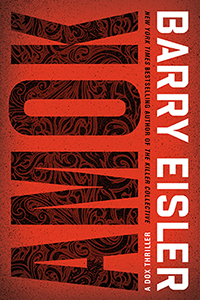
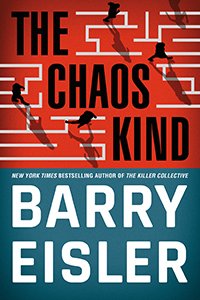
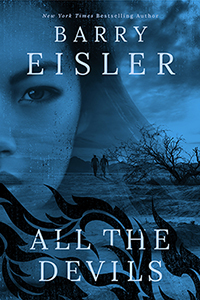
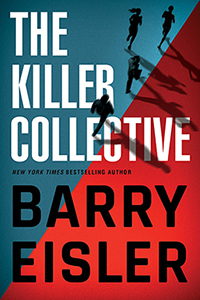
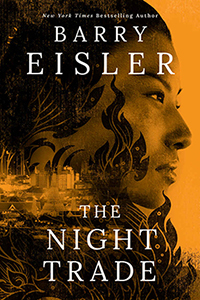
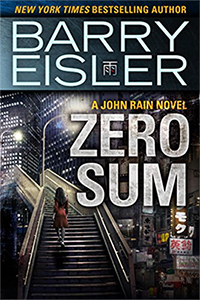
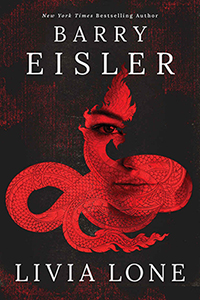
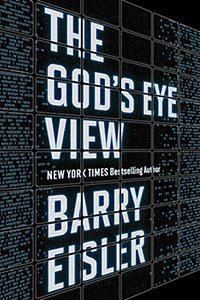
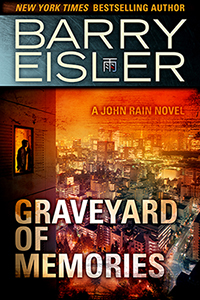
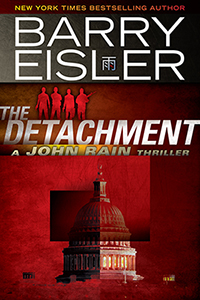
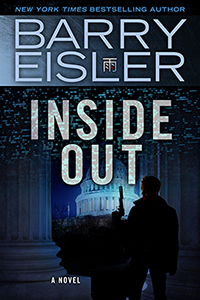
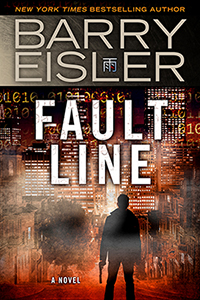
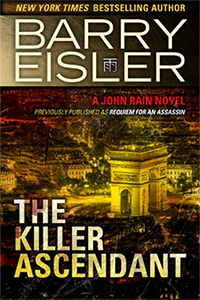
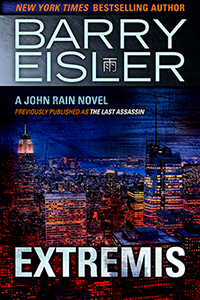
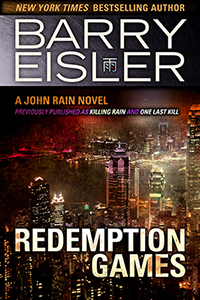
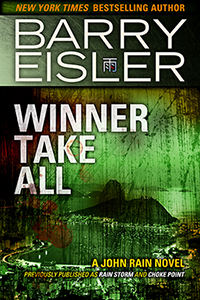
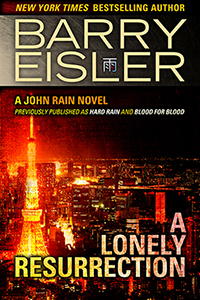
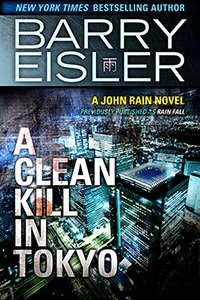
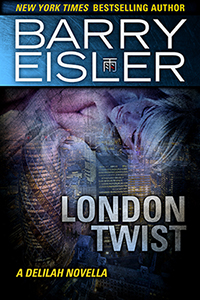
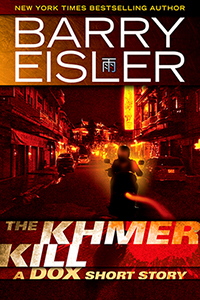
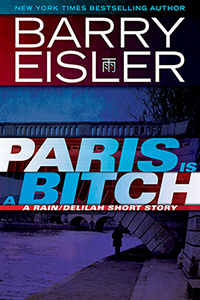
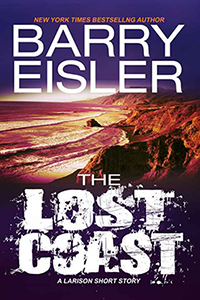
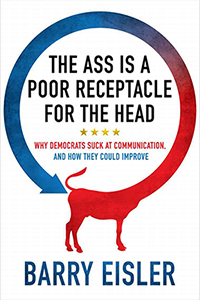
1 comment:
The second quote regarding Rain’s advanced Judo ability is actually from The Detachment. It being in Graveyard of Memories threw me off since it’s about Rain’s younger years so I took it upon myself to track it down. Both fantastic books though!
Post a Comment